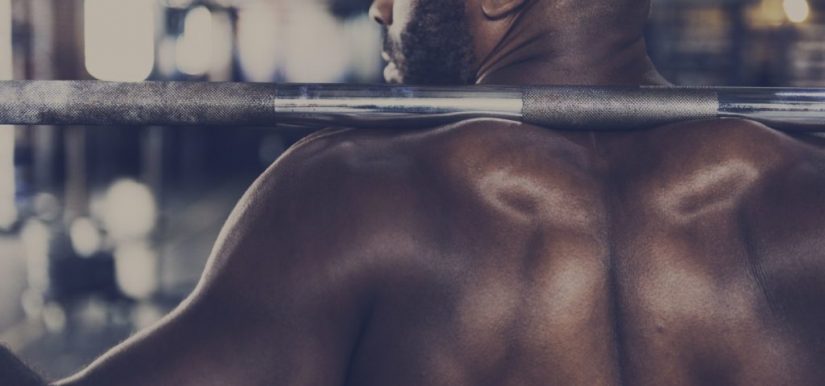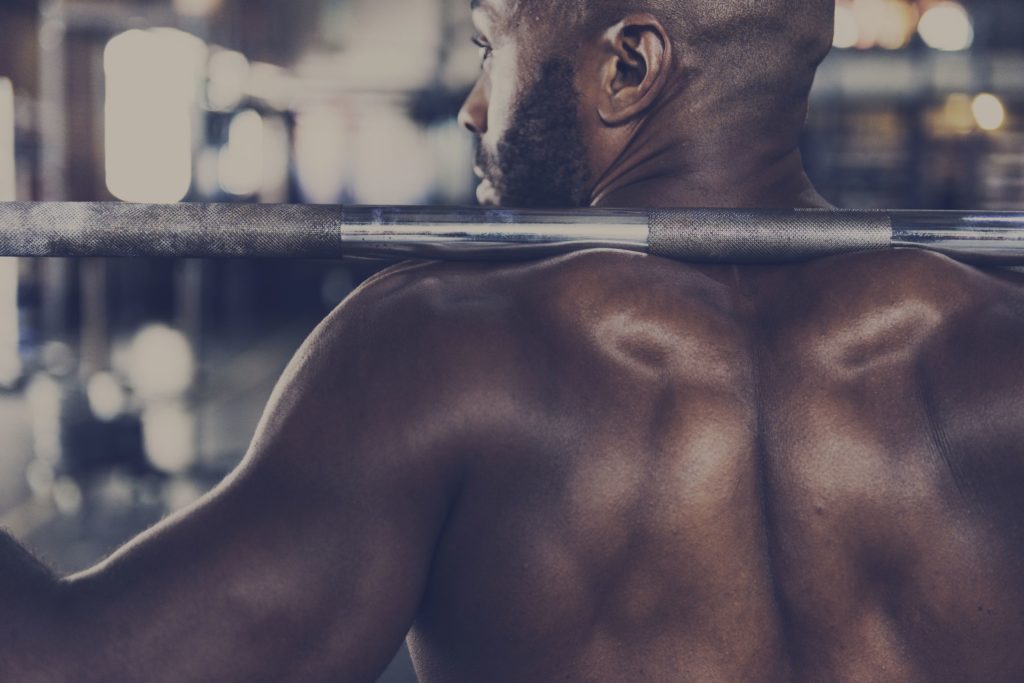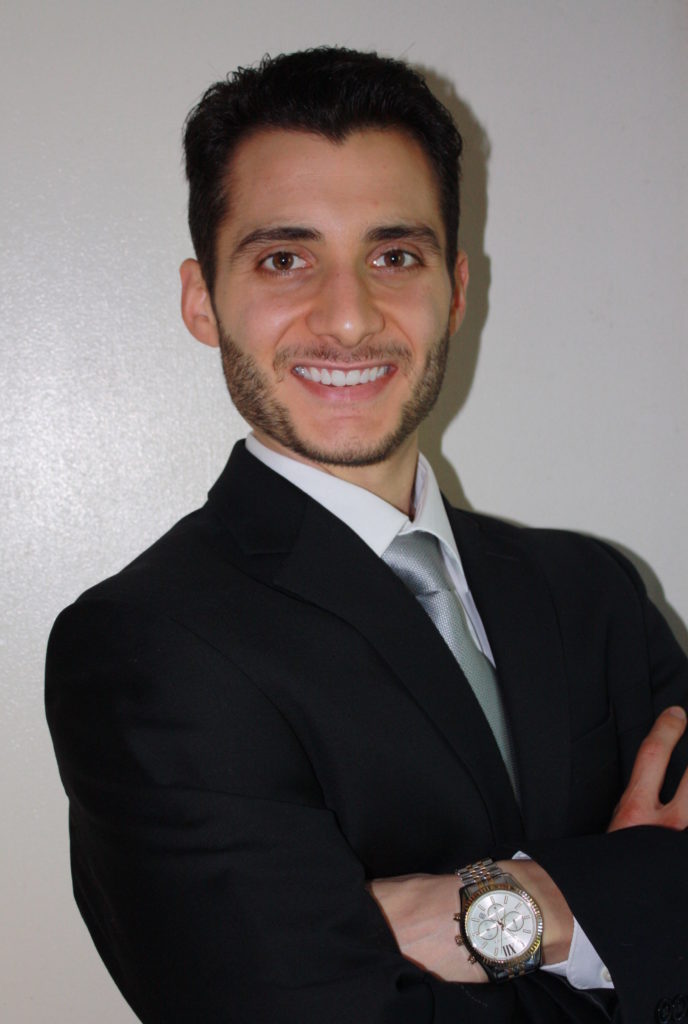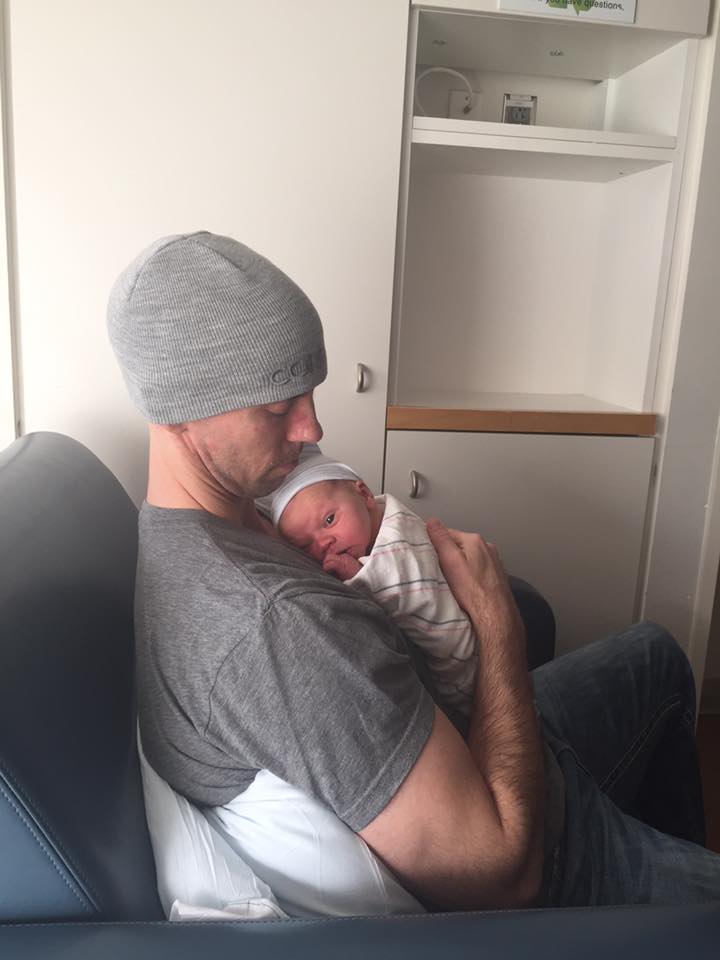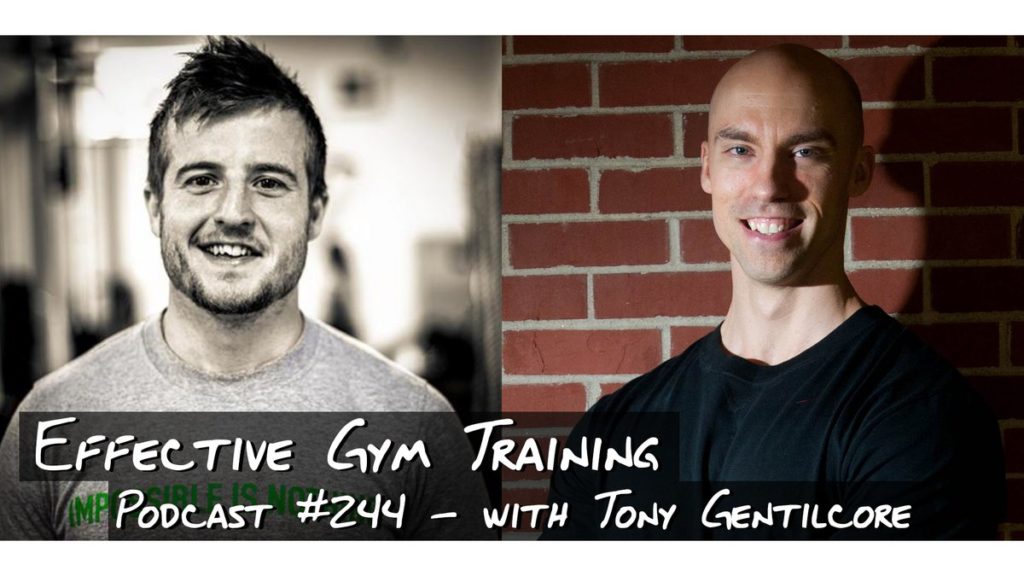Today’s guest post comes courtesy of central NY based strength coach, Justin Kompf. Justin’s written several guest posts for this site and I always appreciate his contributions.
Today’s post is one that every coach should read. We may feel some athletes are “dogging” their workouts and get mad, and we may not like every client we work with. That’s okay. But that doesn’t mean we shouldn’t treat each person with respect and understand that people are often much more than the behaviors they demonstrate on any given day.

Coaching With Unconditional Positive Regard
In middle school I played the trombone (and if you must know had a bowl cut too). In fact, when asked to describe my young awkward years, I often tell a story of carrying my trombone in one hand and a stack of books in the other only to have those books knocked out of my hands by some nice classmate.
I didn’t like playing this instrument, I had been doing it for a few years and just wasn’t having fun. To express my distaste for the trombone, I would intentionally mess up in practice. Rather than play to the beat I would basically play whatever the hell I felt like.
So why do I tell this story?
From the small screenshot of my behavior you might come to the conclusion that I wasn’t putting in any effort. Maybe you would think I was a bratty little kid who was just trying to be funny. But what if, given the situation I was in, I was actually giving my best effort?
When we look at s small screenshot of behavior we ignore the person as a whole. We might ignore the fact that six months prior I had tried to tell my instructor I was not having fun and would like to quit only to be disregarded. We might ignore that I would rather be playing basketball or that I didn’t enjoy being the person that lugged around a 4-foot instrument through middle school.
When we look at the fact that I felt I was being forced to do something I didn’t want to do and wasn’t having fun doing it, my behavior shouldn’t seem surprising. Maybe I actually was doing the best I could with the situation I was in.
The notion that people are doing their best in all circumstances resembles a psychological concept called unconditional positive regard (which is towards others) and unconditional positive self-regard (which is towards oneself).
I believe that holding a mindset of unconditional positive regard (UPR) is a crucial component to being a great coach.
This is especially true when we are working with people who want to change health related behaviors such as exercise and diet. UPR means holding no conditions on acceptance of an individual, caring for people and recognizing that each person is unique with different backgrounds and experiences. It does not mean you have to like everyone you work with or even approve of their behavior, but it does mean withholding judgment.
To me this mindset means the acceptance of behaviors with the capacity to evaluate and then self-regulate to make healthier or better choices.
It is the belief that once you consider an individual’s circumstances, and realize that their observable behavior does not define them as a person, that people are trying their best. This is a mindset that can be accepted not just towards others but towards oneself.
When you experience UPR towards yourself you are able to, in a non-threatening way, evaluate all of your behaviors and feelings. Negative feelings about behaviors can easily threaten our sense of self-worth and cause us to engage in further negative behaviors to avoid self-evaluation.
Being human, every coach has had negative thoughts about their clients or athletes behaviors. Maybe an athlete is having an off day and you become upset about their effort levels or listening ability. You might think, “Why isn’t this kid busting his ass to be a better athlete?”

You might be training a client who consistently breaks their dietary plans and wonder what is so hard about eating a salad or having a protein shake for breakfast rather than a bowl of cereal. You might wonder why you care more about your client’s health than they care about their own.
If you’ve been coaching long enough you’ve inevitably heard the saying “people don’t care about how much you know until they know how much you care”.
Often times when you are coaching you will in fact care more about a client or athlete’s well-being than they care about their own. You will have many occasions where the people you are working with will make mistakes. Your job is to evaluate how you can help without judging these behaviors.
It is your responsibility to look at the people you work with as more than just a set of behaviors.
When an athlete or client fails to give what you perceive to be 100% effort, rather than assuming that they are lazy imagine what could have happened to them that day. Maybe they had two tests, maybe a family member is ill, or they are having relationship problems.
It is your job to listen and show that you place no conditions on how you care about them as a person. Their performance in the gym or adherence to health behaviors should not affect how much you care.
‘Unconditionality,’ then, means that I[you] keep on valuing the deeper core of the person, what (s)he basically is and can become.
Once this sense of UPR is established you can help the person you are coaching work towards healthier behaviors in the face of whatever other struggles they are currently dealing with.
Summary
Accepting this mindset is conscious work and also unlikely to be maintainable every second of the day.
I’ve found working towards owning this mindset makes coaching and teaching more enjoyable.
Every day I work with people that seem to be lacking effort. I have athletes that could work harder, I have students that could listen better and I, like all humans, engage in behaviors that are in conflict with how I see the best version of myself to be. This is human nature, every single person, acts in ways that are in conflict with how their ideal self would operate.
But every person can also work towards pursing their own unique steps towards self-growth. Adopting this accepting and unconditional positive mindset can be helpful in evaluating and changing health related behaviors.
Author’s Bio
Justin is the head strength coach at SUNY Cortland. He is also a lecturer in the kinesiology department at the university. Cortland hosts a health and wellness conference each year, this year on April 8th. Speakers will include Tony Gentilcore, Dr. Lisa Lewis, Brian St. Pierre, David Just and Mark Fisher. For more information go HERE.
Note From TG: The conference linked to above is $60 to attend. That’s a steal considering the quality of presenters coming in and the information that will be shared. Students: you can’t use the excuse of “that’s too expensive” because I know full-well you’re spending that much (if not more) drinking on the weekends. Fitness Pros: this is Cortland, NY, in April, for $60. Shut up and get your butt there…;o)
References and Videos
Italicized quotes extracted from Iberg, A.R. Unconditional positive regard: Constituent activities
Video below emphasizes a strong focus on parenting. But what’s parenting if not coaching?





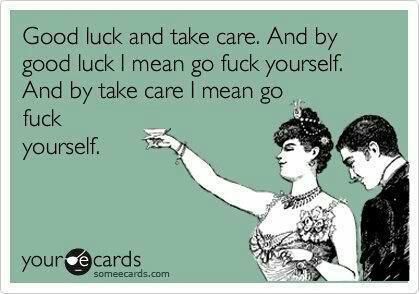
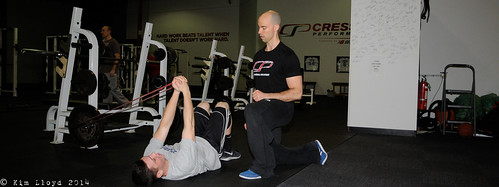



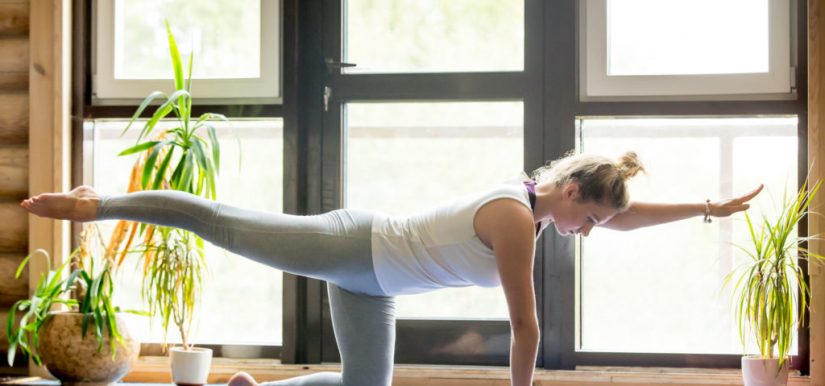
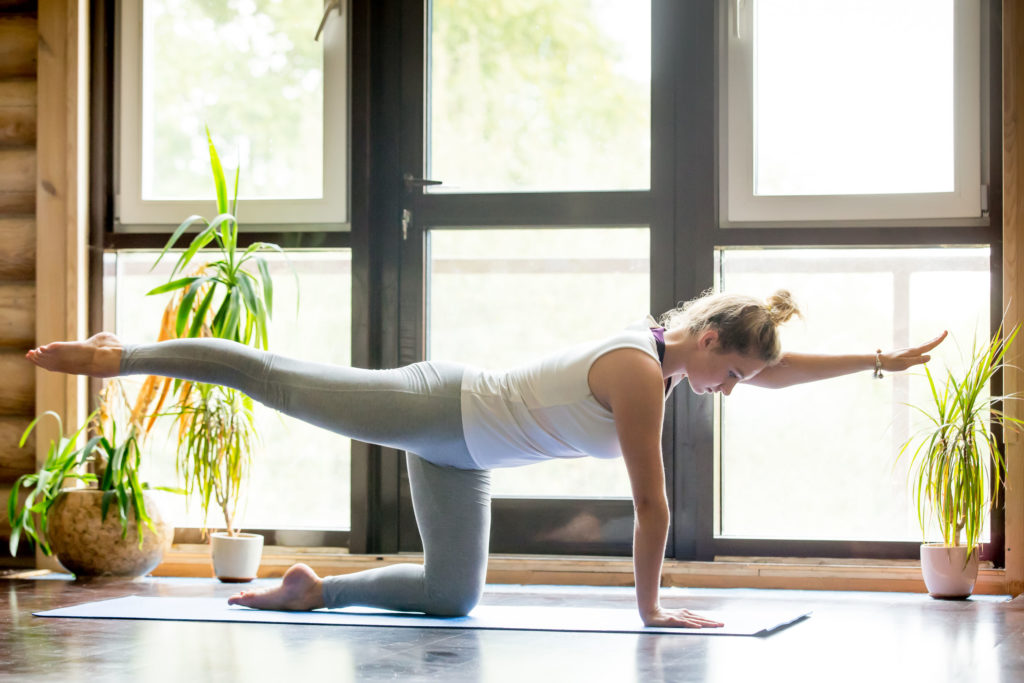
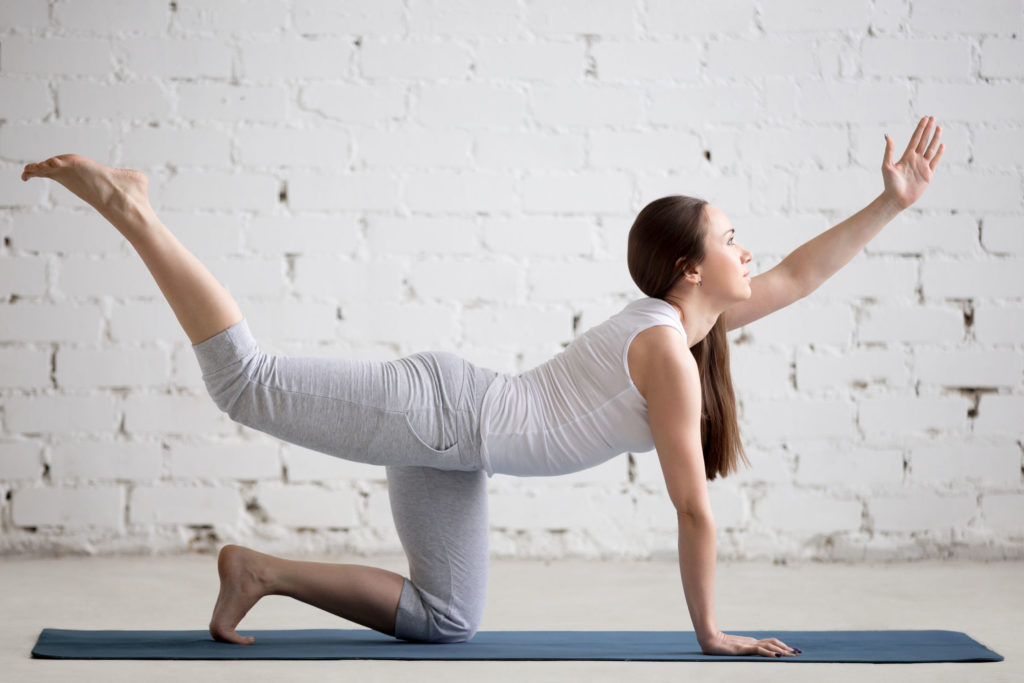


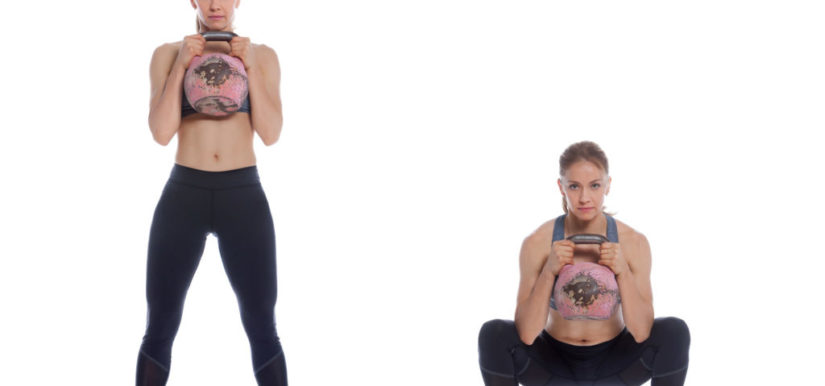
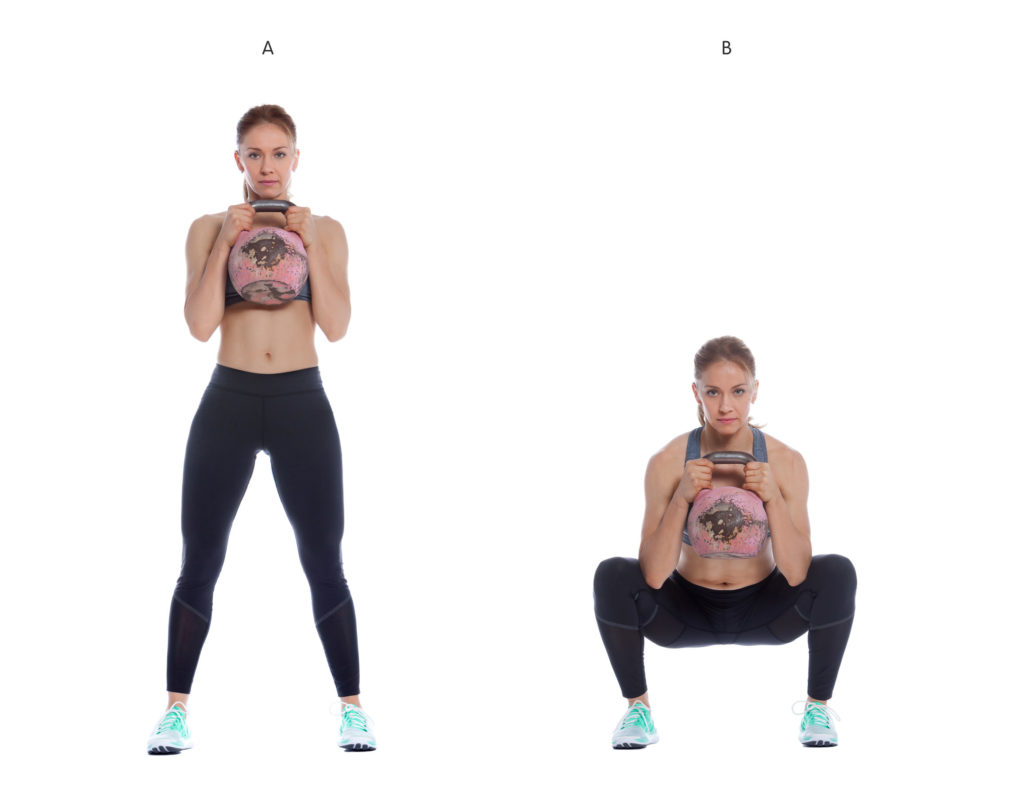
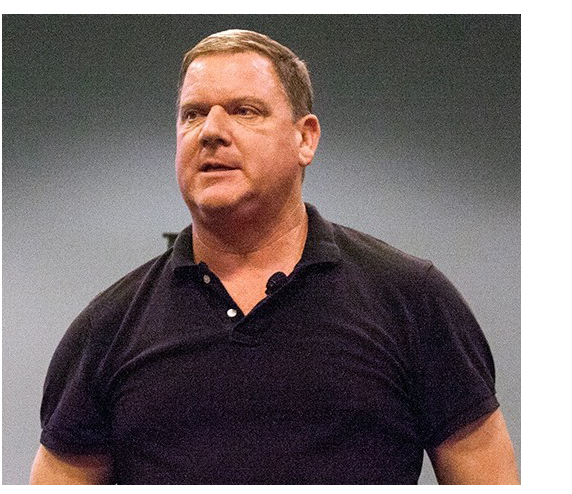



.jpg?format=1500w)

